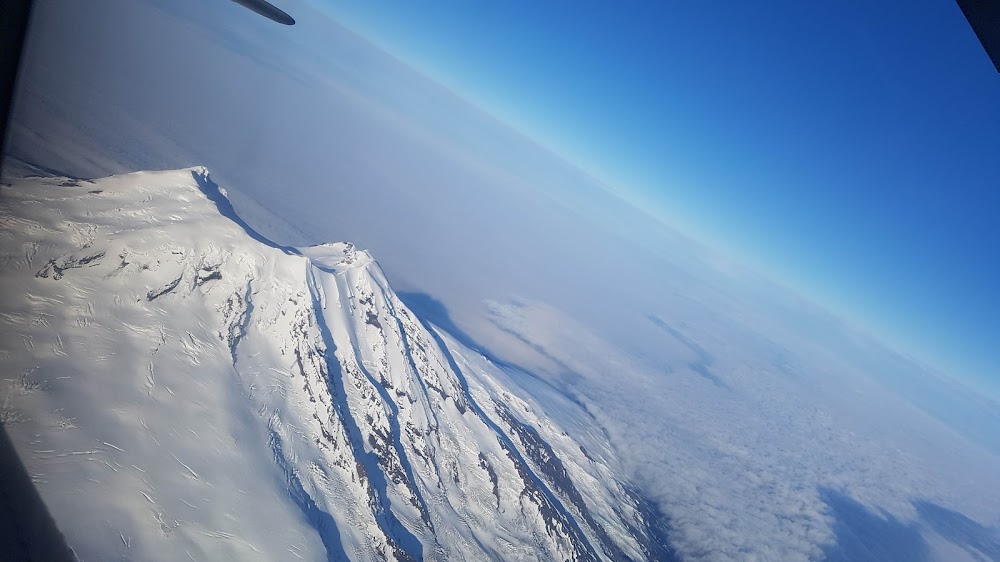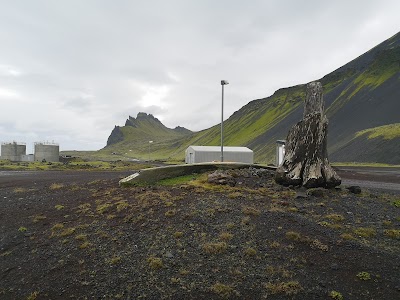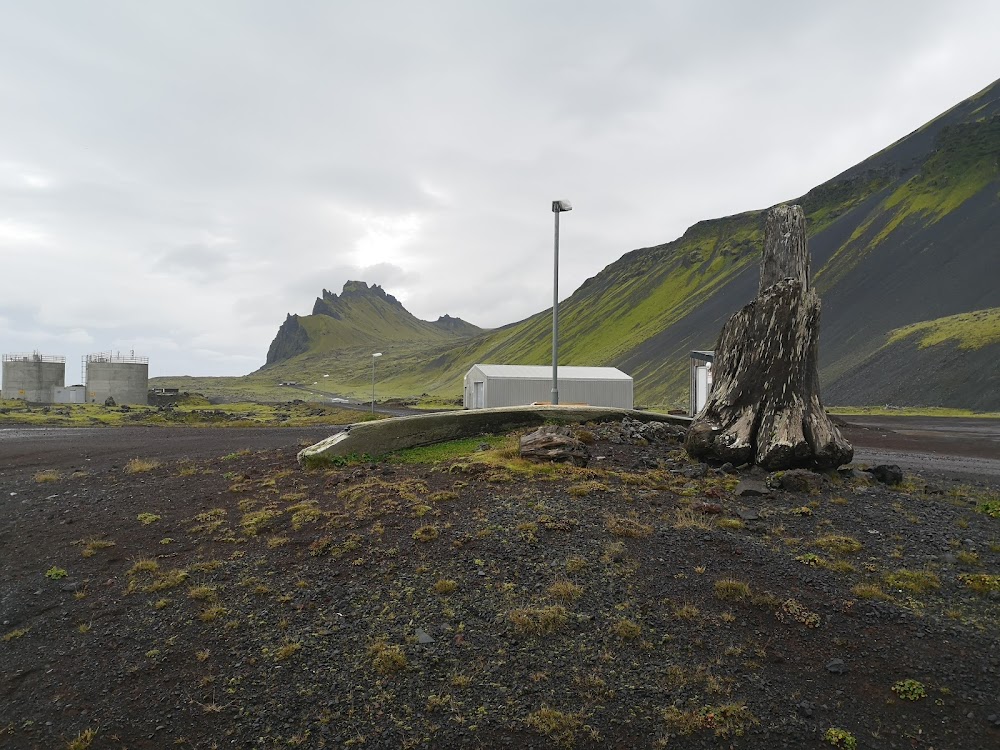Weyprechtbreen (Weyprechtbreen)
Related Places
Overview
Weyprecht Glacier: A Natural Wonder of Jan Mayen
Weyprecht Glacier, or Weyprechtbreen as it's known in Norwegian, is a breathtaking glacier nestled on the remote volcanic island of Jan Mayen in Norway. This magnificent glacier is named after Karl Weyprecht, an Austro-Hungarian naval officer and Arctic explorer who made significant contributions to polar exploration in the late 19th century.
Geological History and Formation
The formation of Weyprecht Glacier began thousands of years ago during the last Ice Age. Over millennia, layers of snow and ice accumulated, compacting into the thick, dense ice that forms the majestic glacier we see today. Jan Mayen itself is a geologically young island, shaped by volcanic activity. The unique combination of volcanic rock and persistent cold temperatures provides an ideal environment for glacier formation.
Jan Mayen: An Isolated Island
Jan Mayen lies between Greenland and Norway in the Arctic Ocean, measuring about 55 kilometers long and 15 kilometers wide. It is part of a larger submerged volcanic mountain. The glacier stretches from the island's highlands to the coast, showcasing a dynamic and rugged landscape that is both stunning and awe-inspiring.
Pristine Conditions and Scientific Research
One of the most remarkable aspects of Weyprecht Glacier is its pristine condition. Due to Jan Mayen's remote location and limited human activity, the glacier remains largely undisturbed by modern influences. This isolation offers scientists a unique opportunity to study glacial dynamics and climate change in a relatively untouched environment.
The Glacier's Movement
Weyprecht Glacier moves consistently under the force of gravity, behaving somewhat like a slow-moving river of ice. As it gradually flows toward the sea, the glacier's movement and melting contribute to the formation of icebergs that break off into the surrounding ocean, creating a striking visual spectacle.
Stunning Ice Formations
The glacier is renowned for its stunning ice formations and crevasses, which are natural sculptures created through melting, refreezing, and the immense pressure of the glacier's weight. The towering ice walls and deep blue hues provide a breathtaking sight, captivating the limited number of visitors and researchers who venture to Jan Mayen.
Access and Environmental Protection
Access to Jan Mayen and Weyprecht Glacier is strictly regulated due to the island's environmental sensitivity and its status as a nature reserve. The Norwegian military maintains a presence on the island, and civilian visits require special permission. Researchers studying the glacier focus on glaciology, climate science, and volcanic activity, contributing significantly to our understanding of these fields.
Monitoring Climate Change
In recent years, scientists have utilized advanced technologies such as satellite imagery, GPS, and remote sensing to monitor the glacier's movement and health. These tools provide invaluable data on how climate change impacts the glacier and help predict future changes in the Arctic region.
A Symbol of Natural Beauty
Weyprecht Glacier stands not only as a scientific marvel but also as a symbol of the natural beauty and environmental importance of the Arctic region. Its existence serves as a reminder of the delicate balance of our planet's ecosystems and the profound impact humans have on these remote landscapes.
Though challenging to reach, Weyprecht Glacier on Jan Mayen Island remains a beacon of natural wonder. It inspires those fortunate enough to witness its icy grandeur and encourages ongoing efforts to preserve and protect our planet's glacial heritage.





